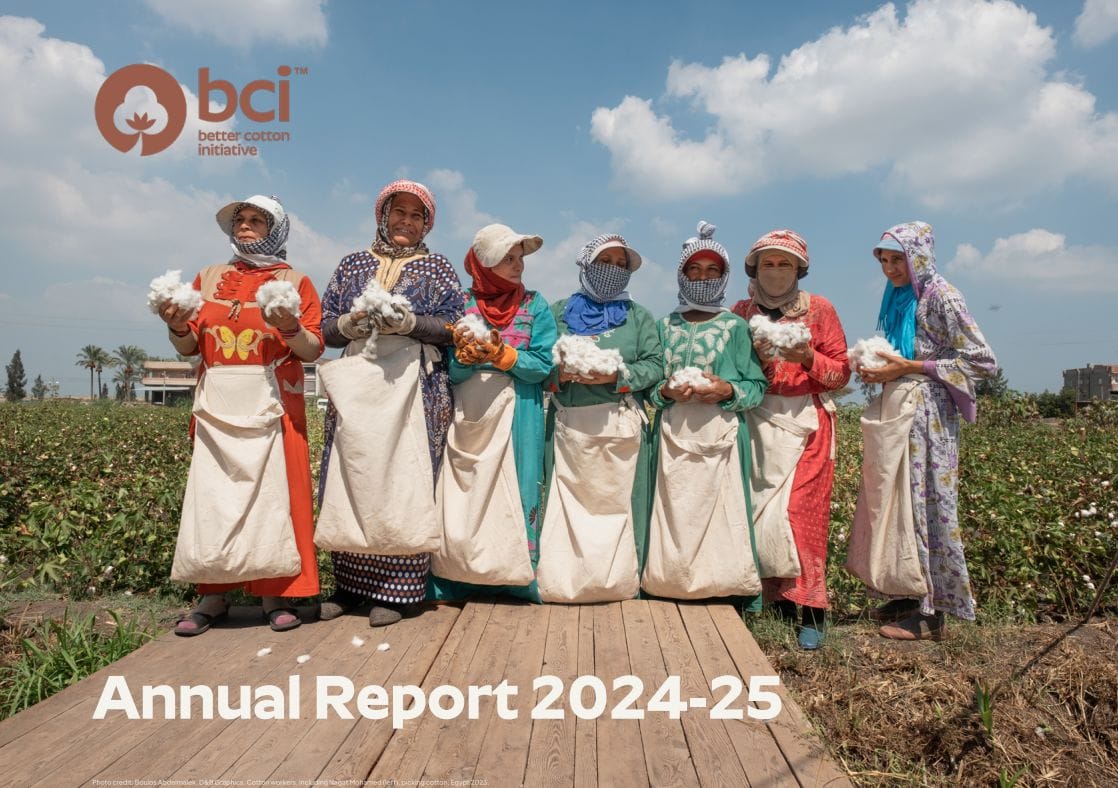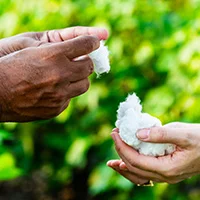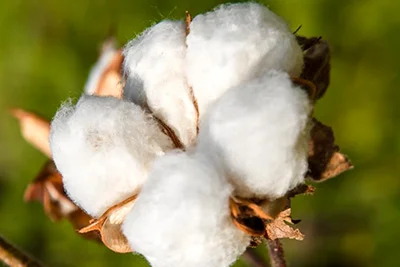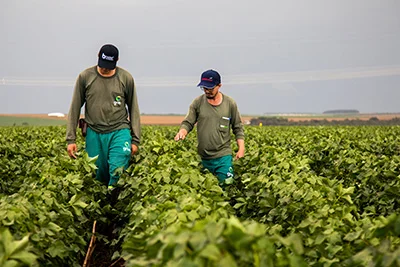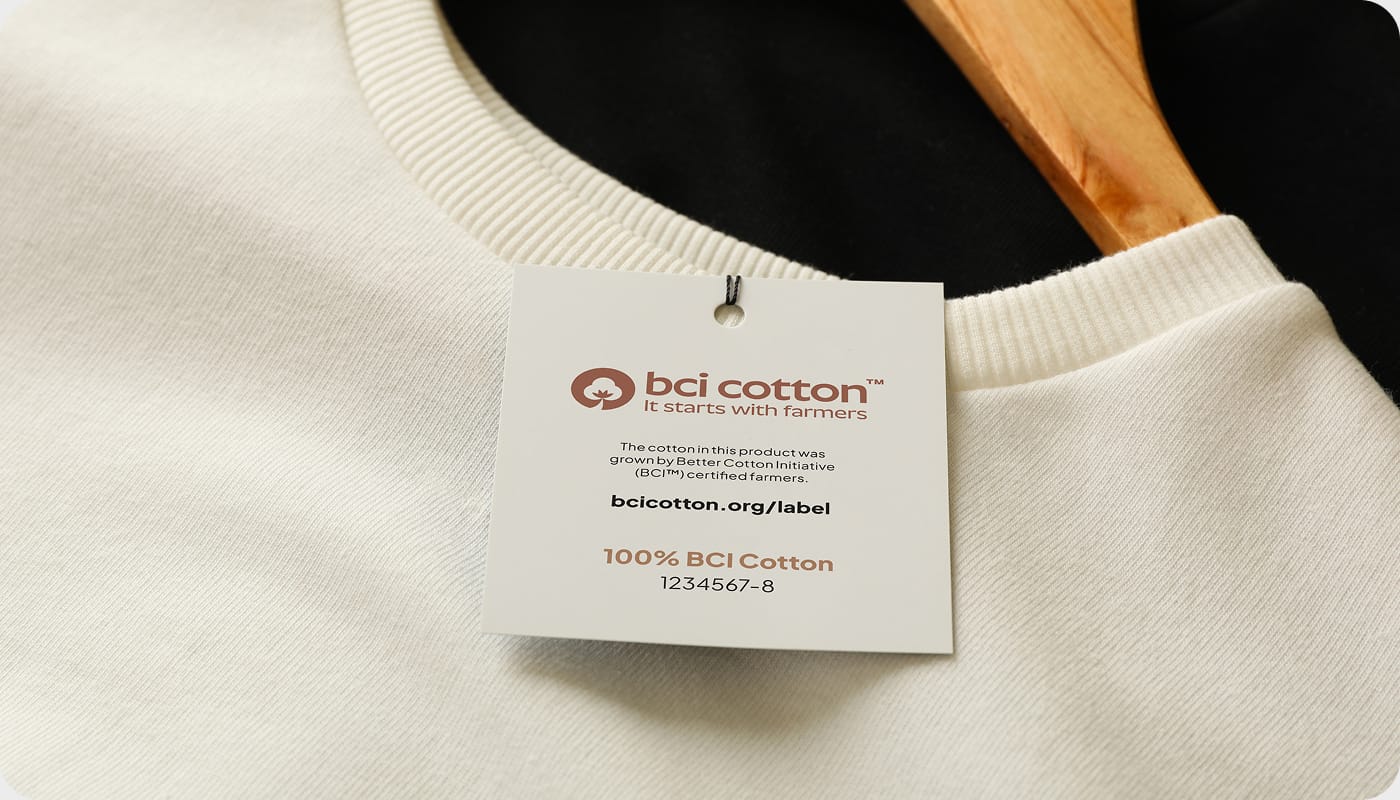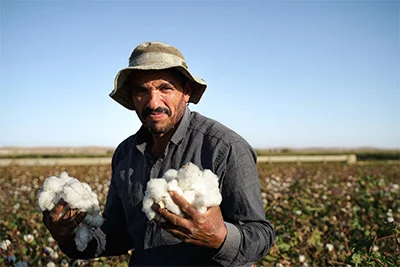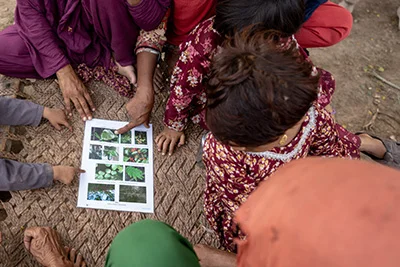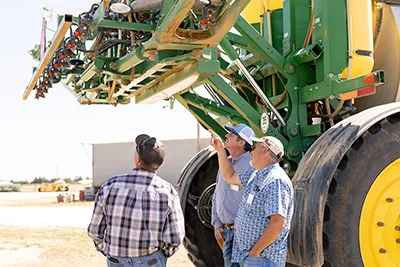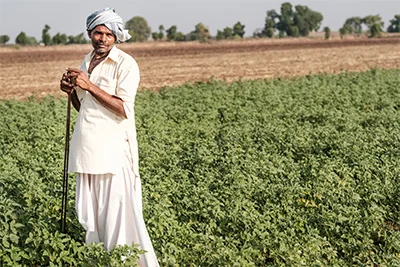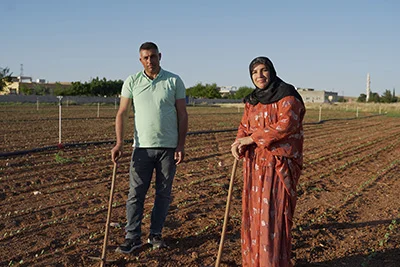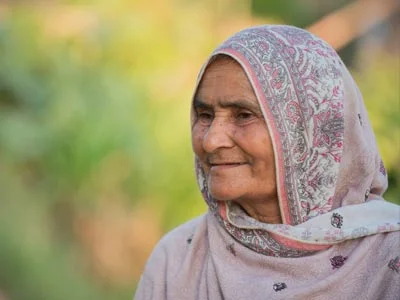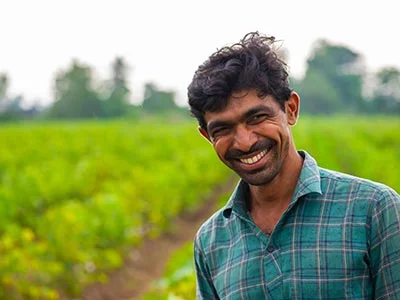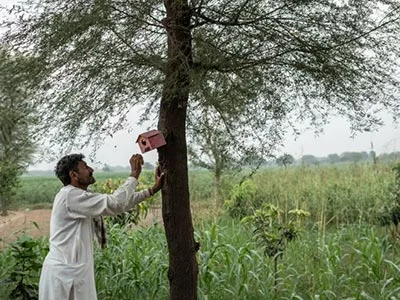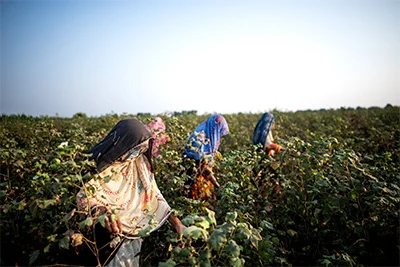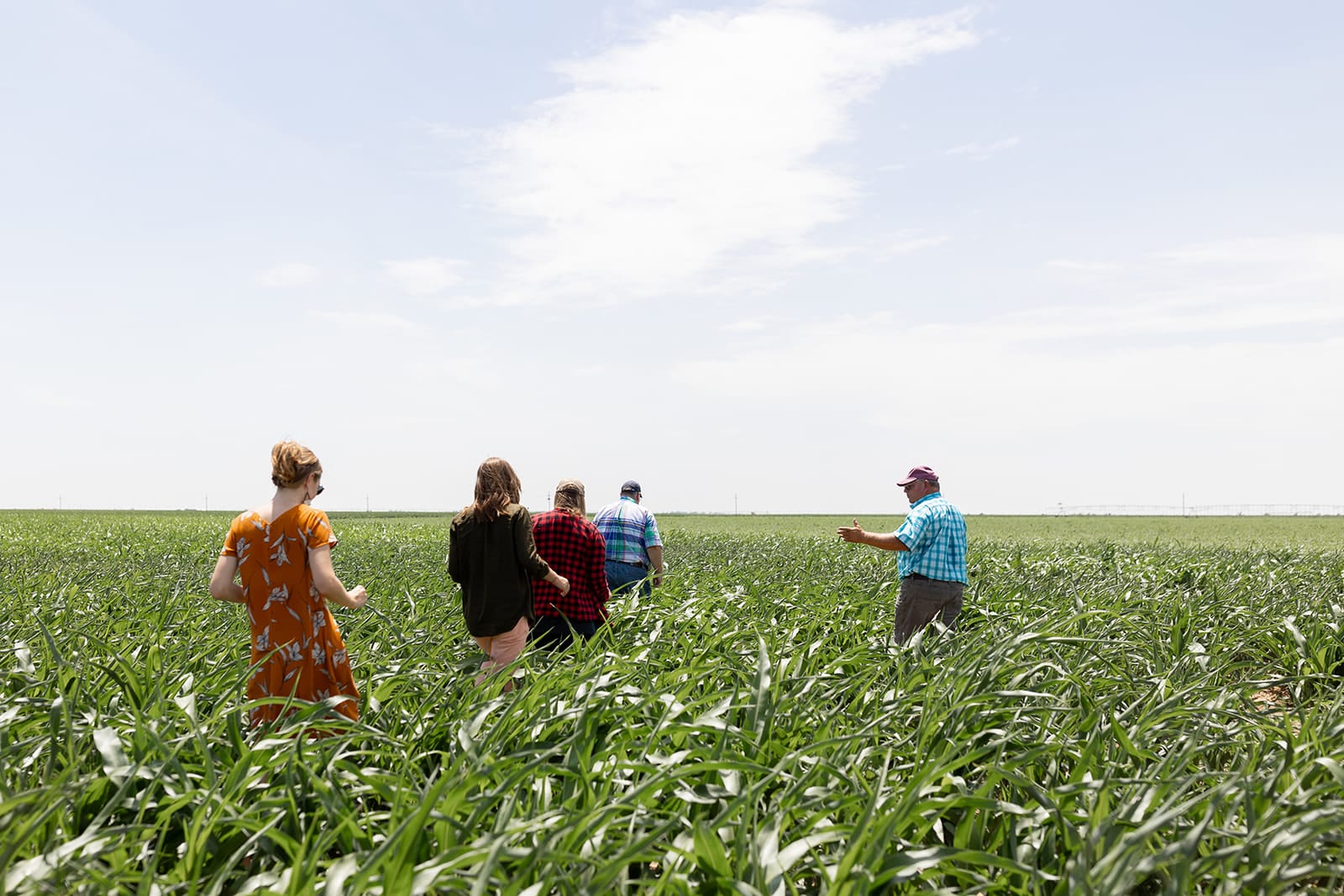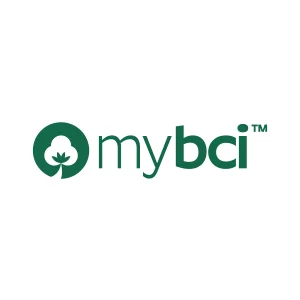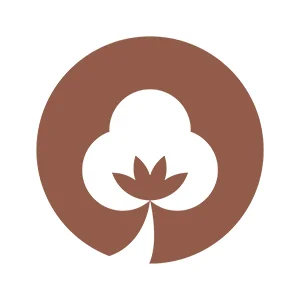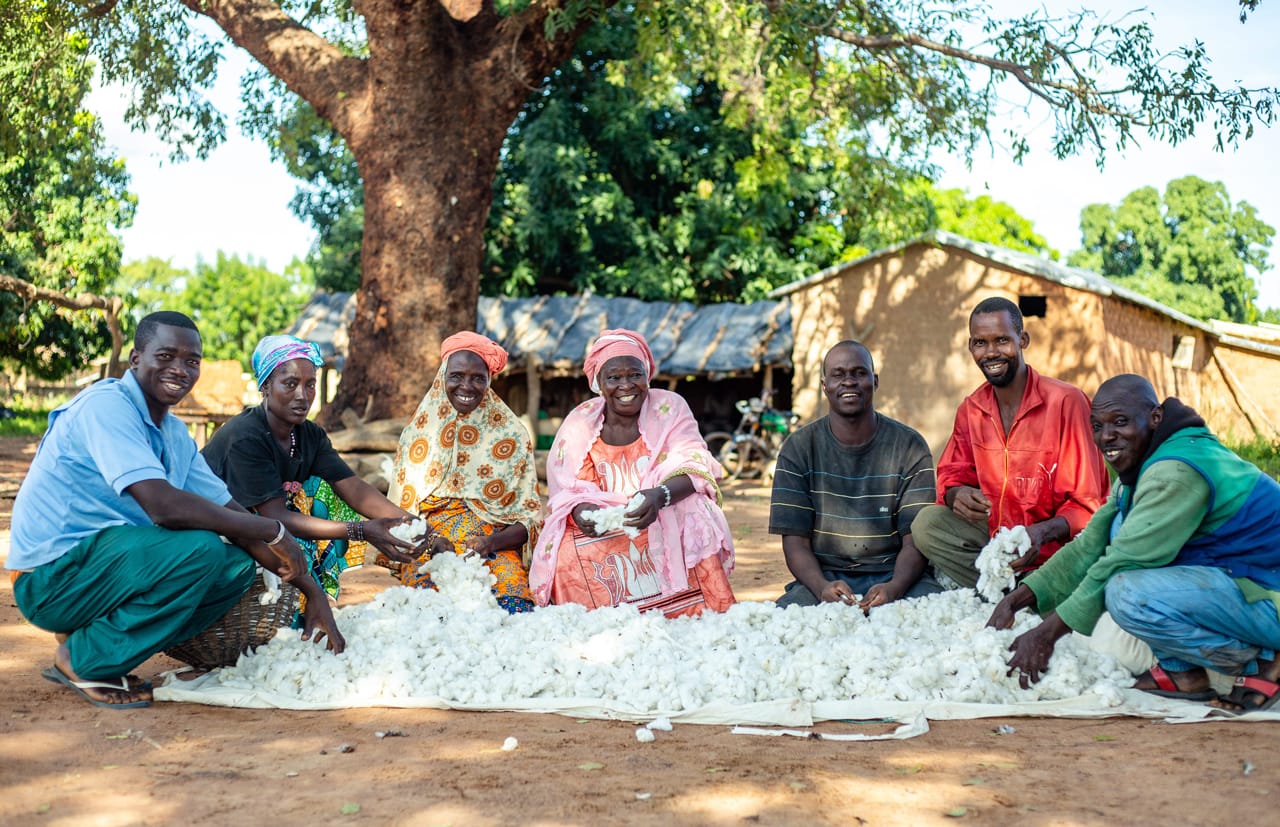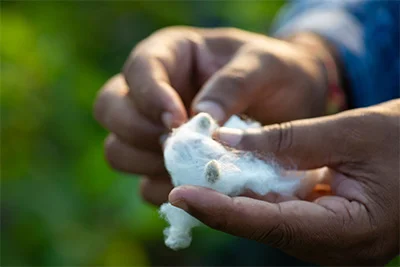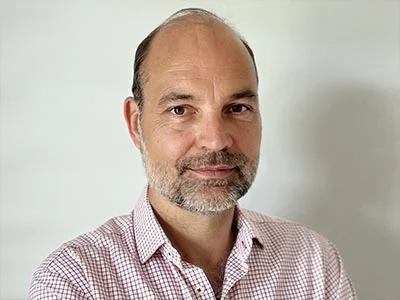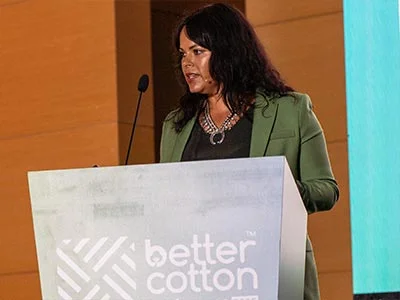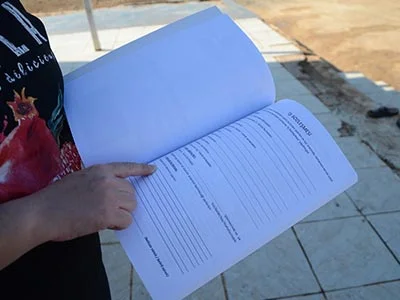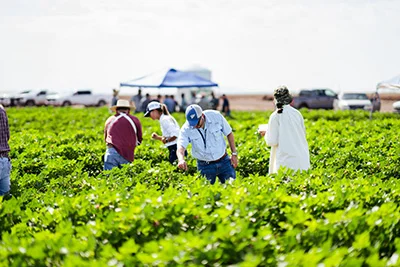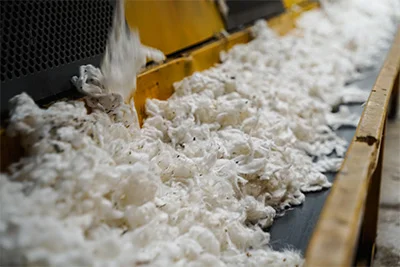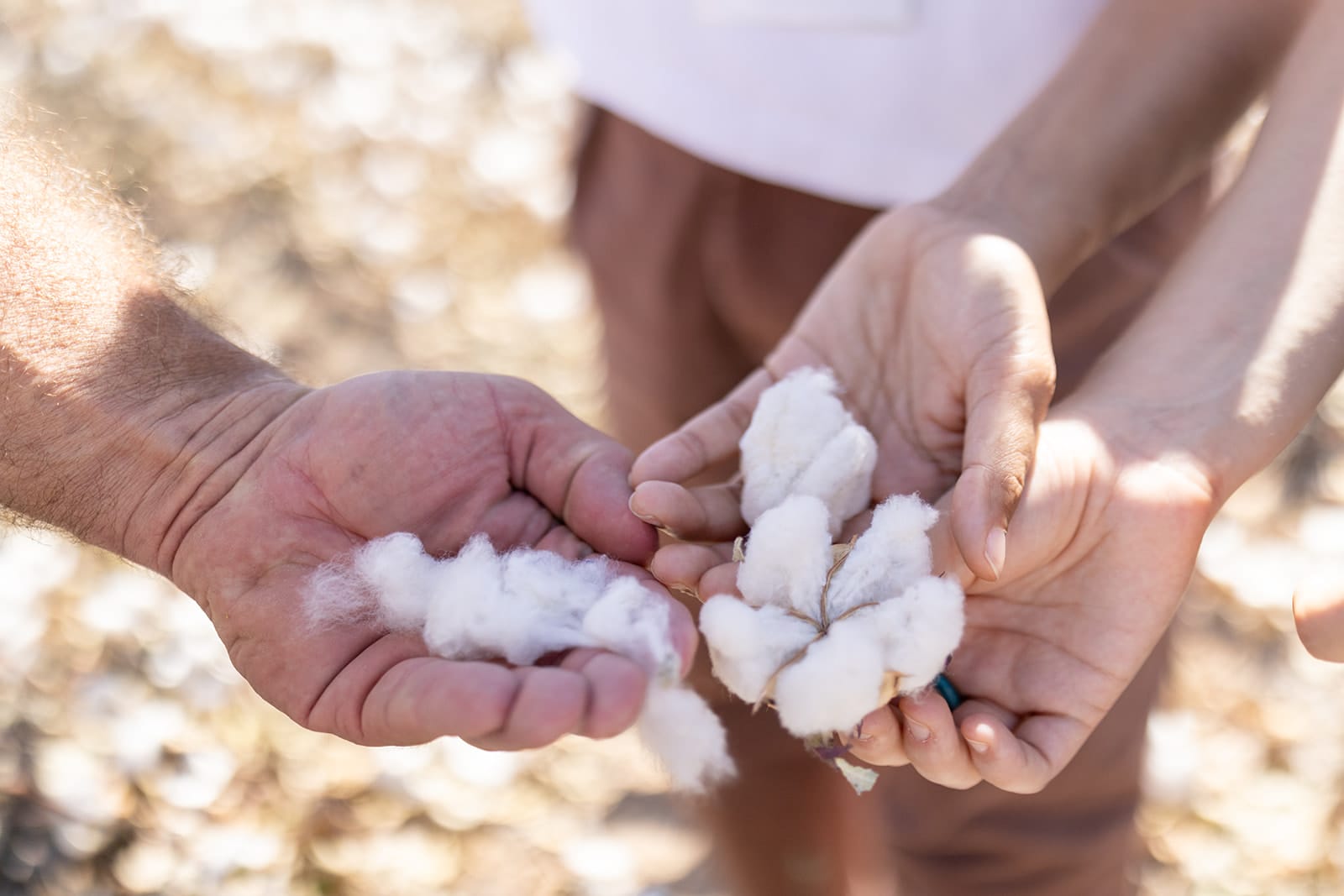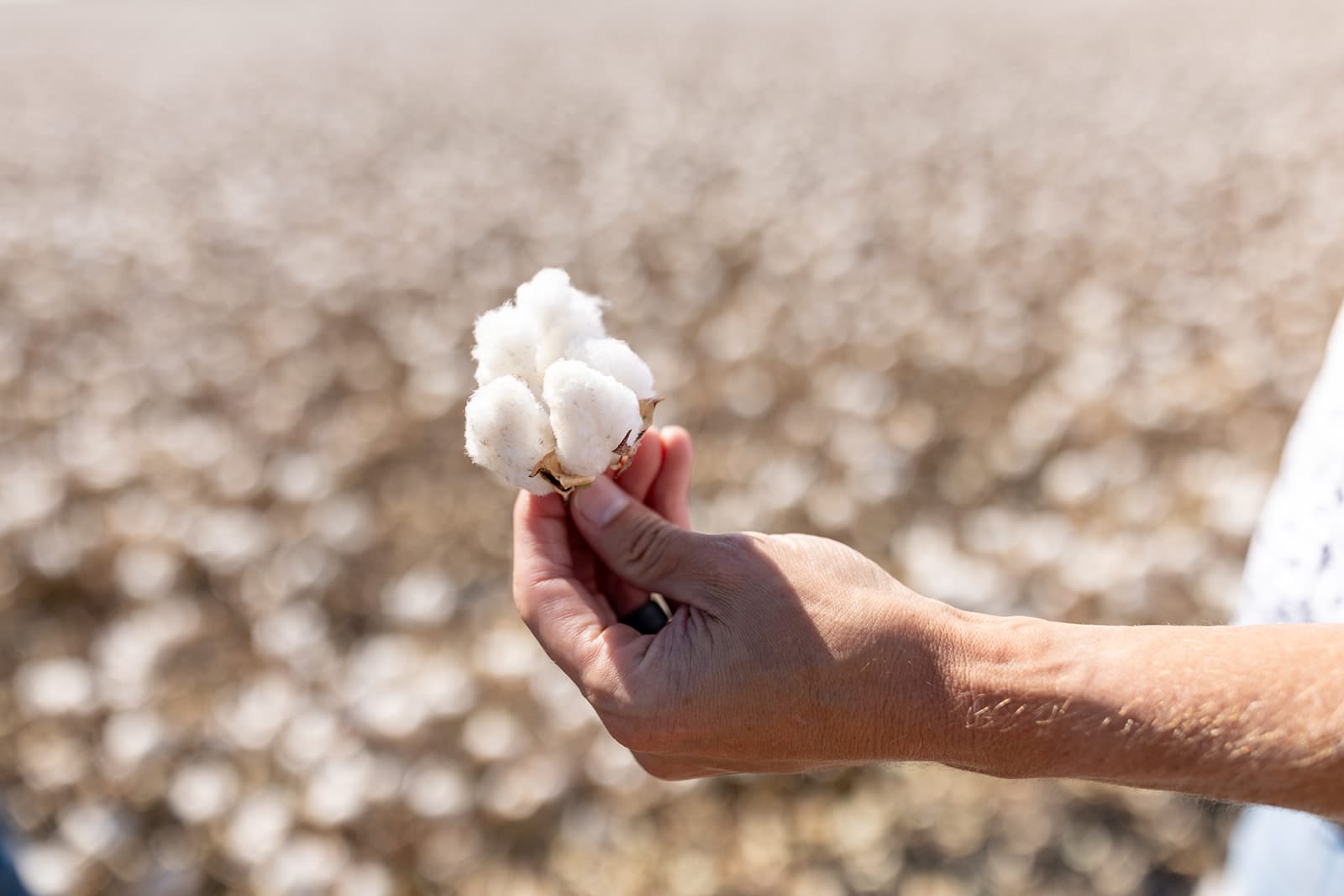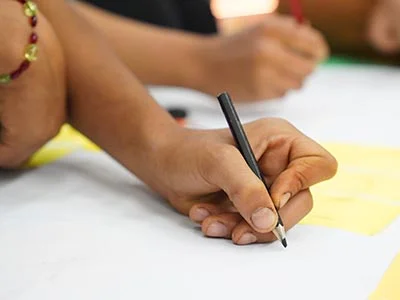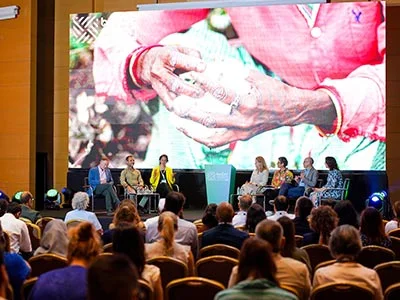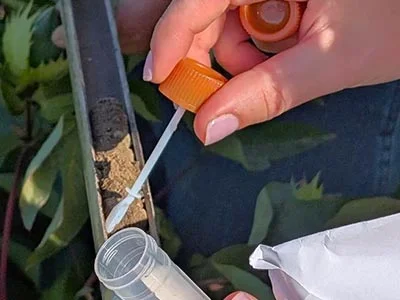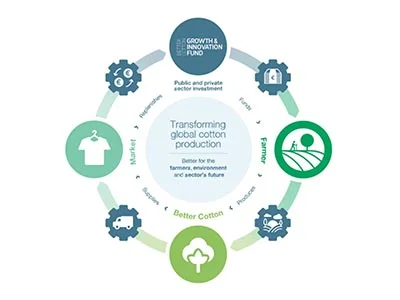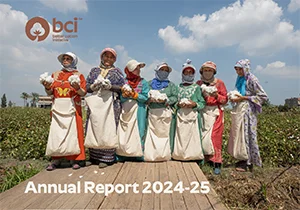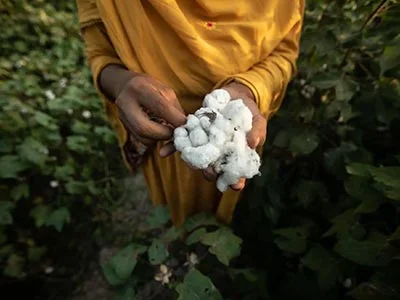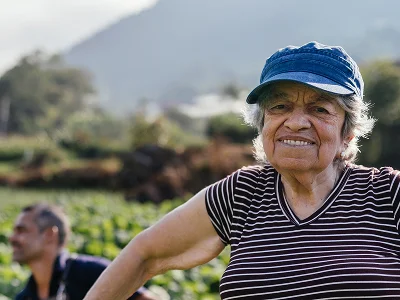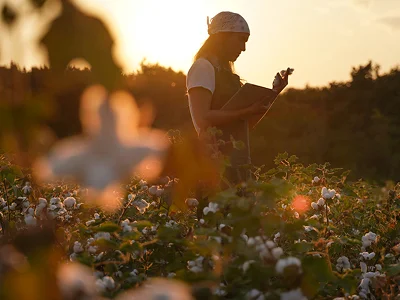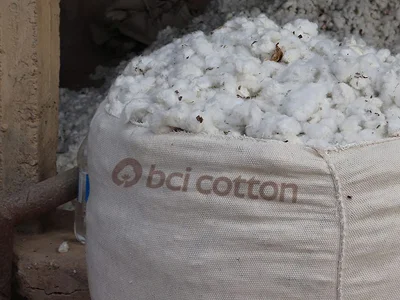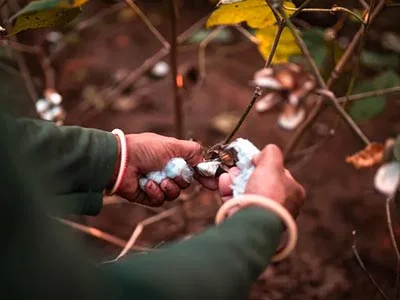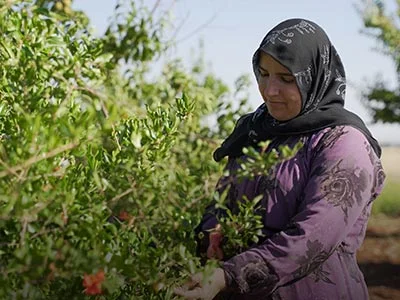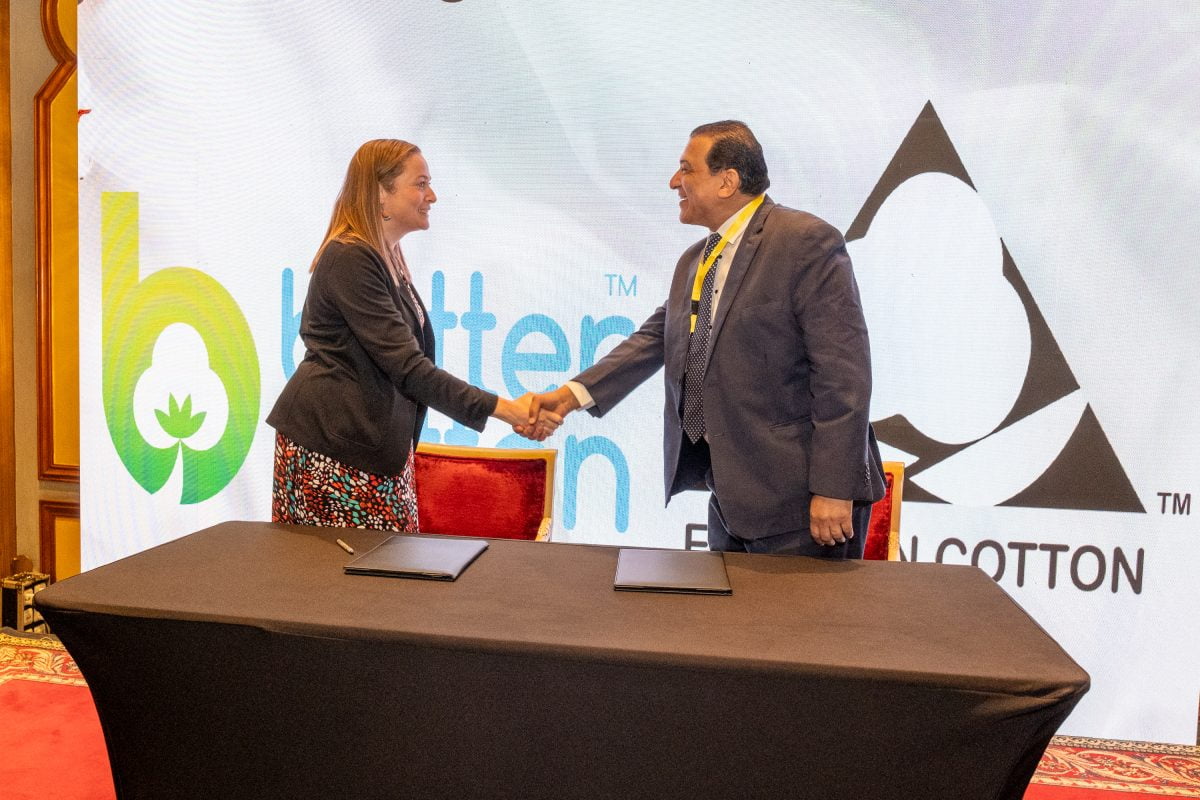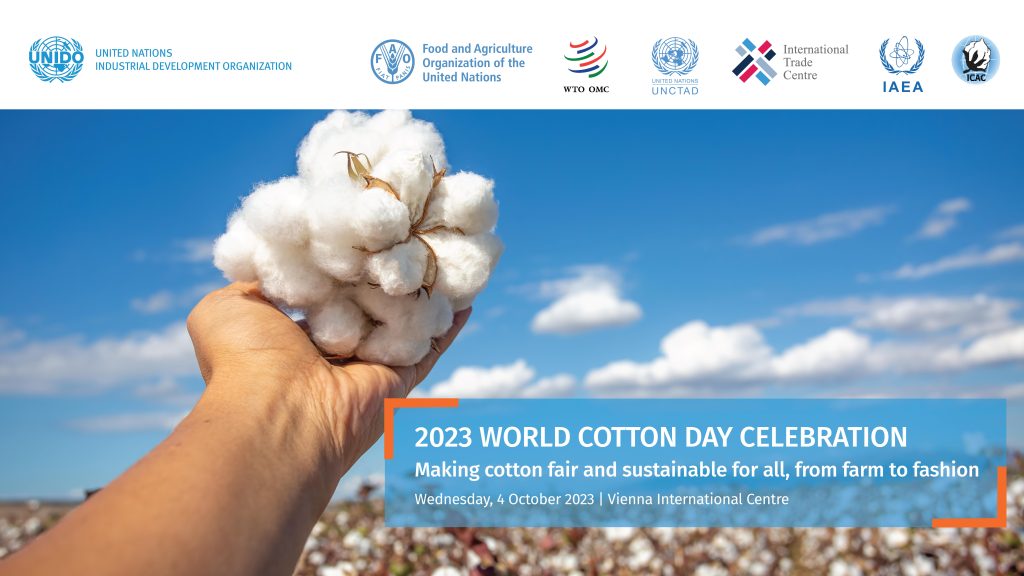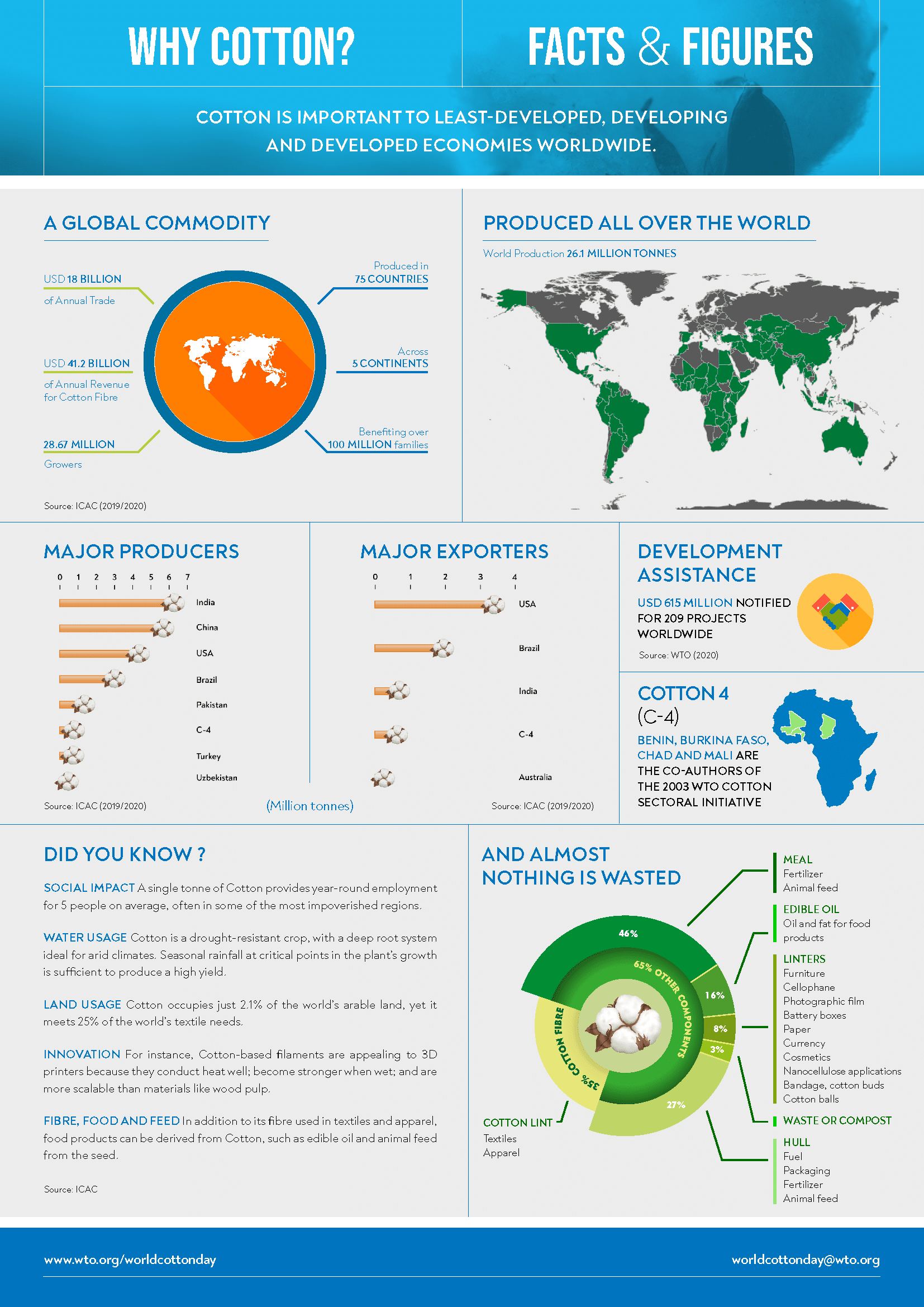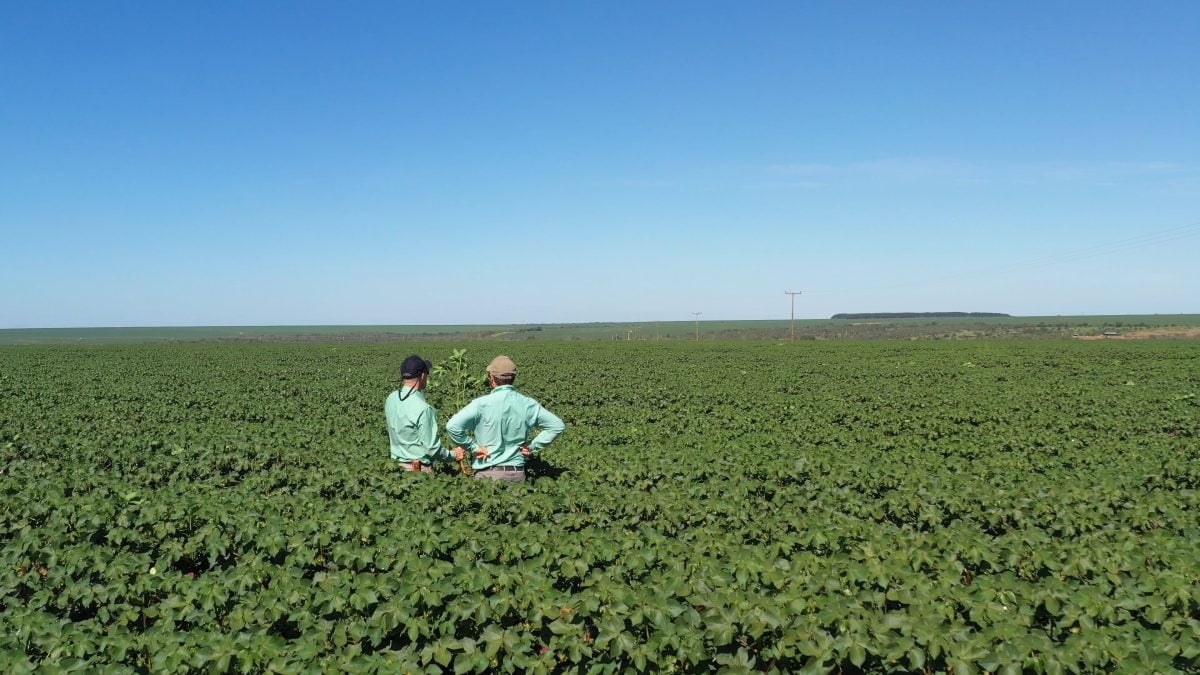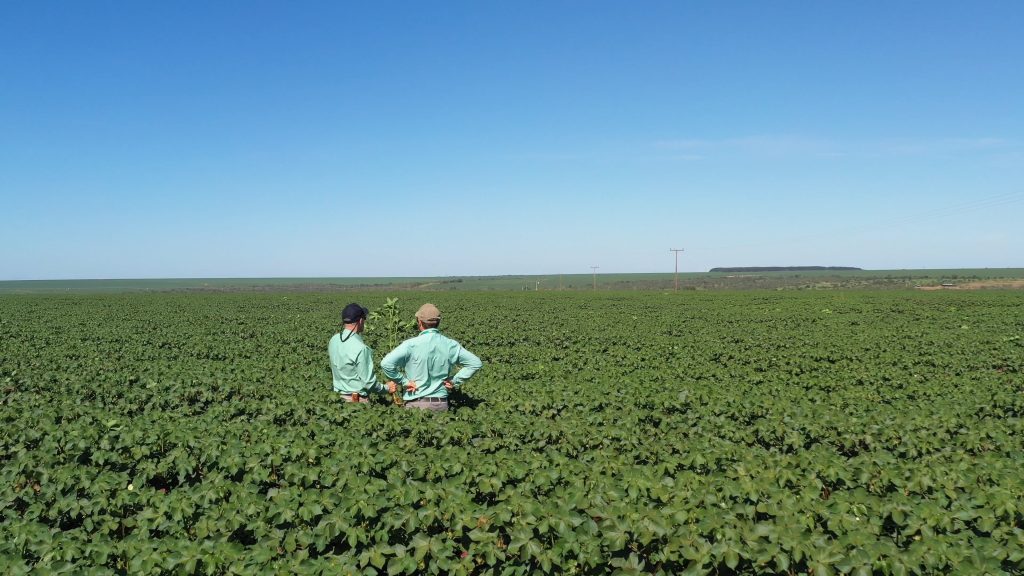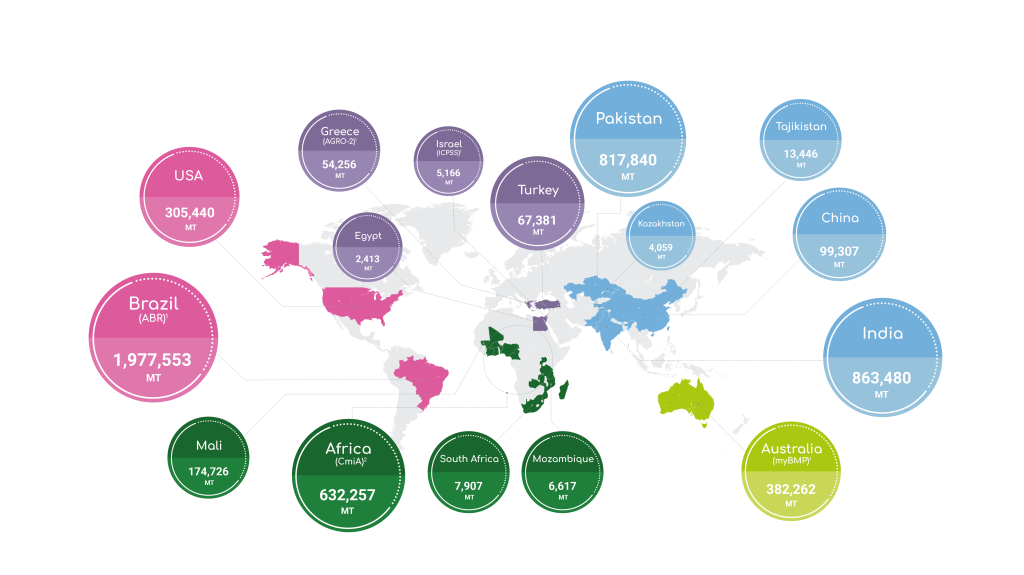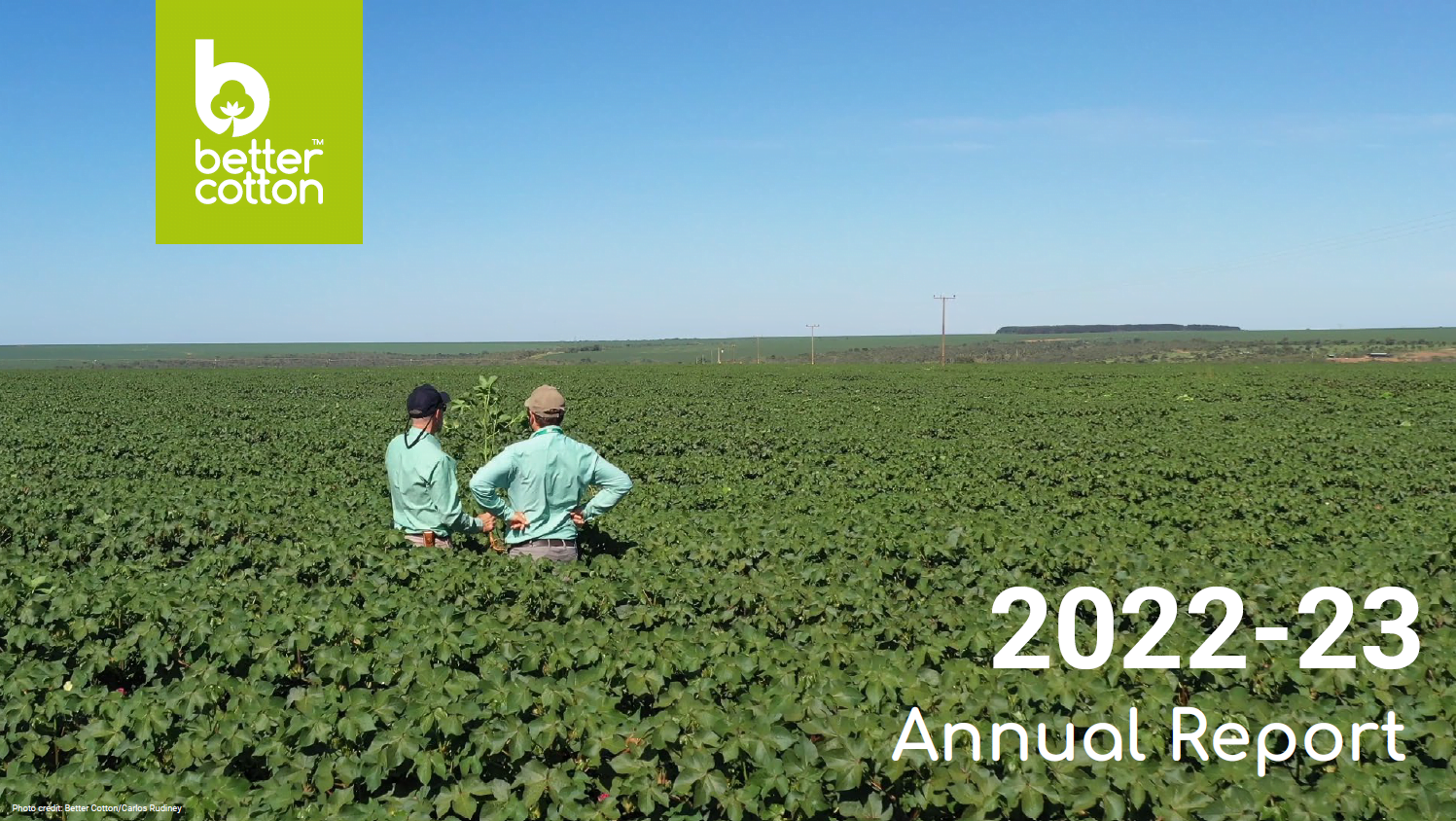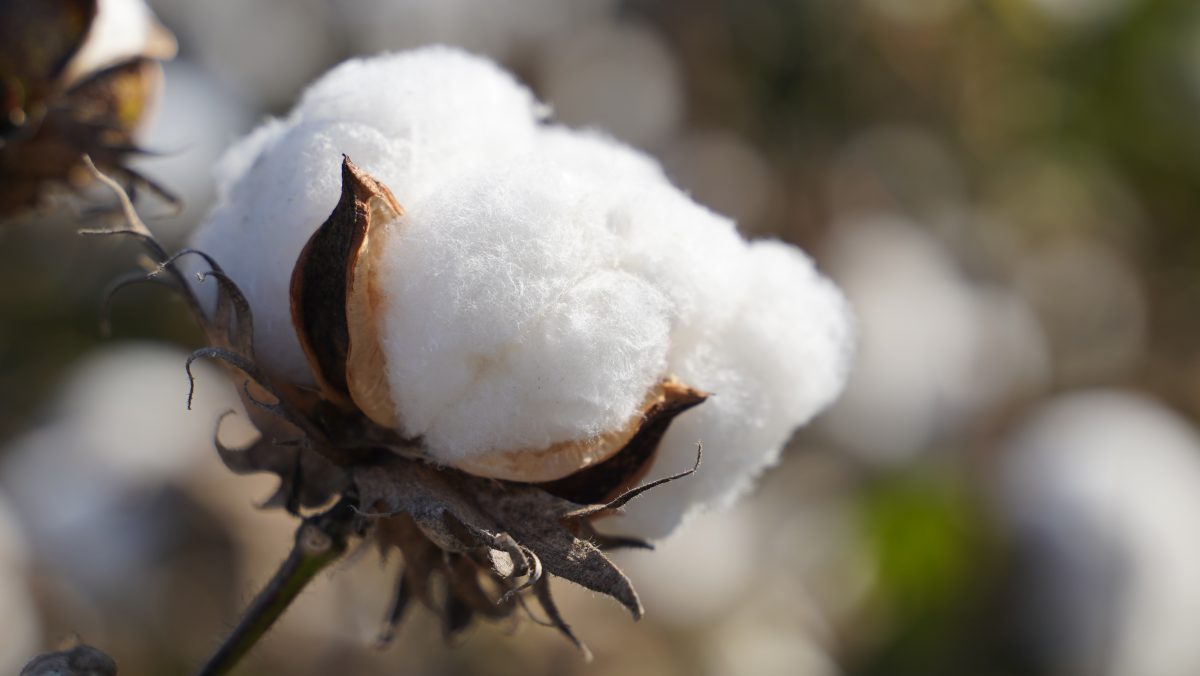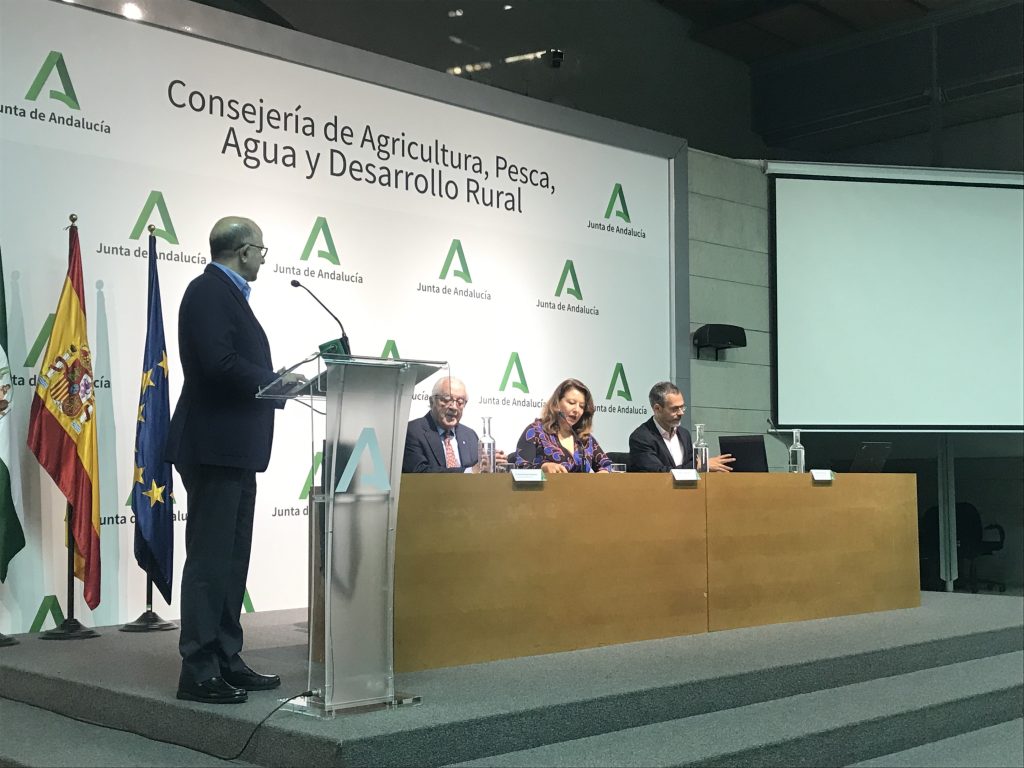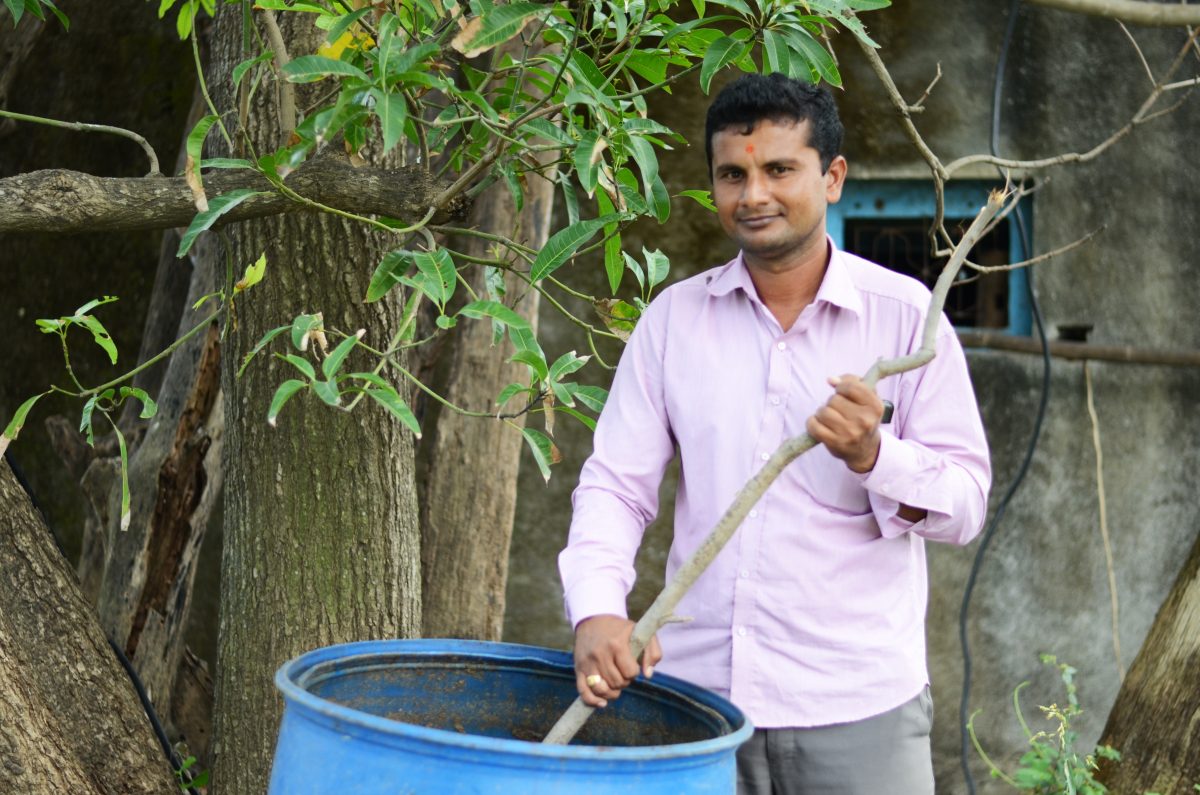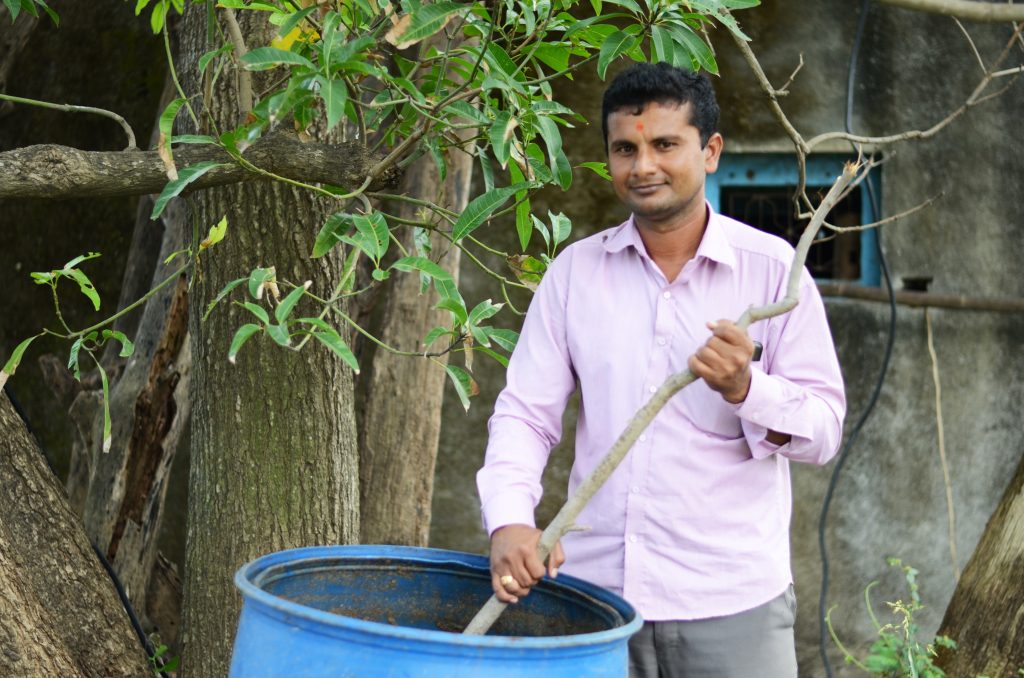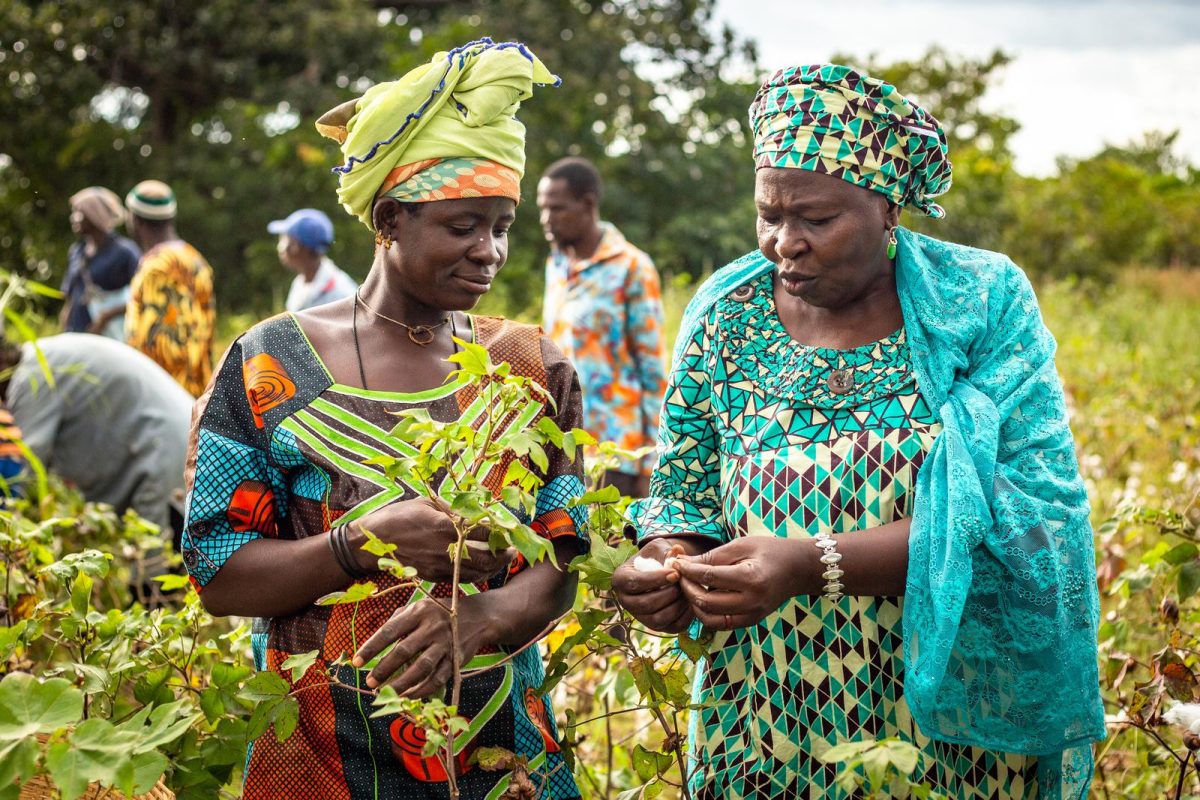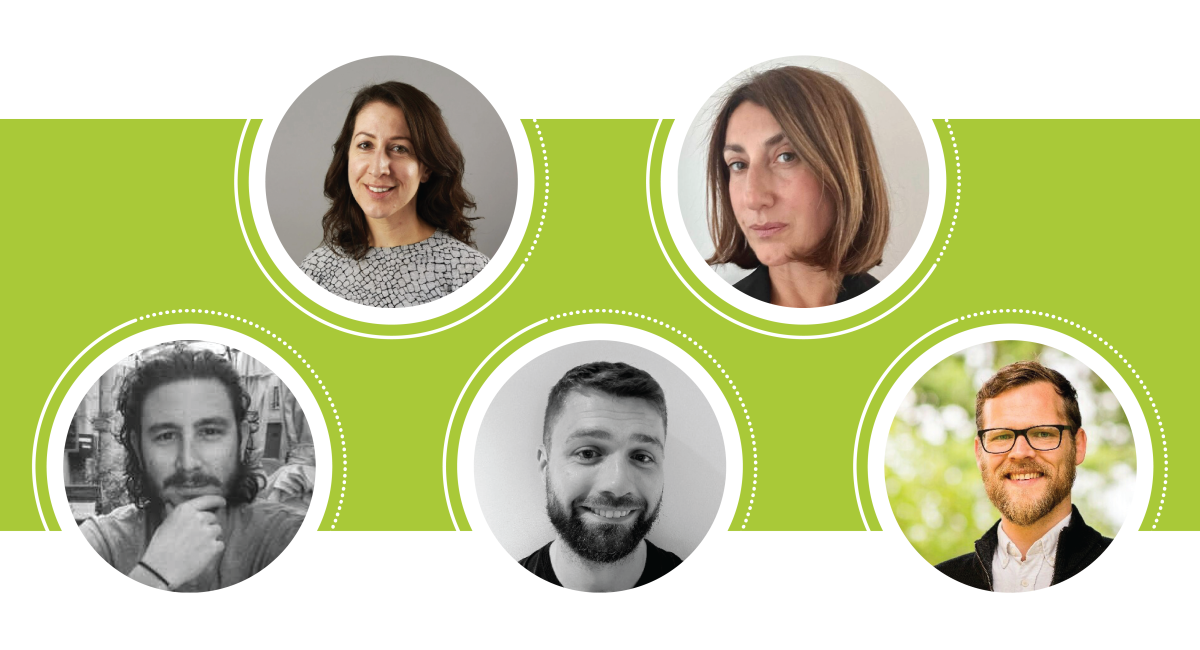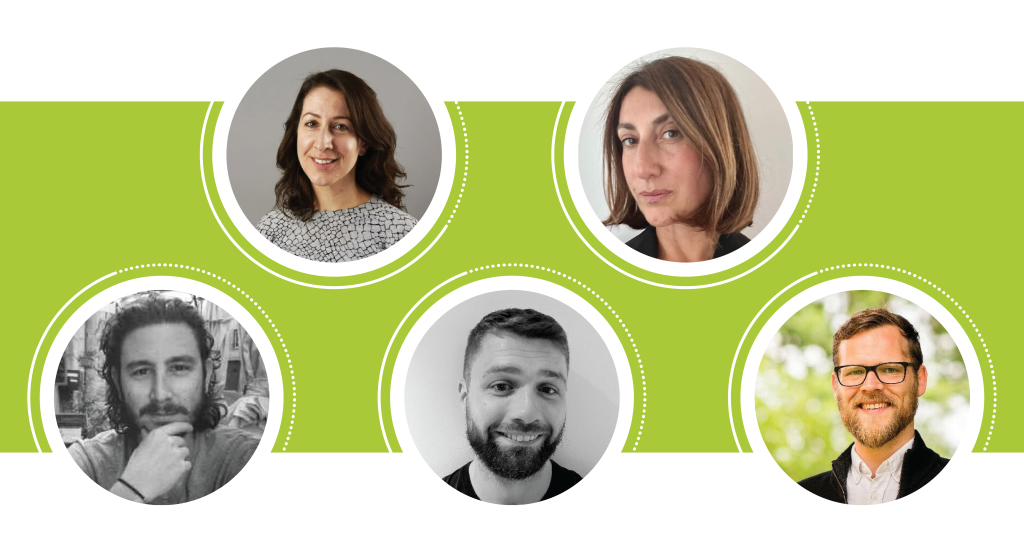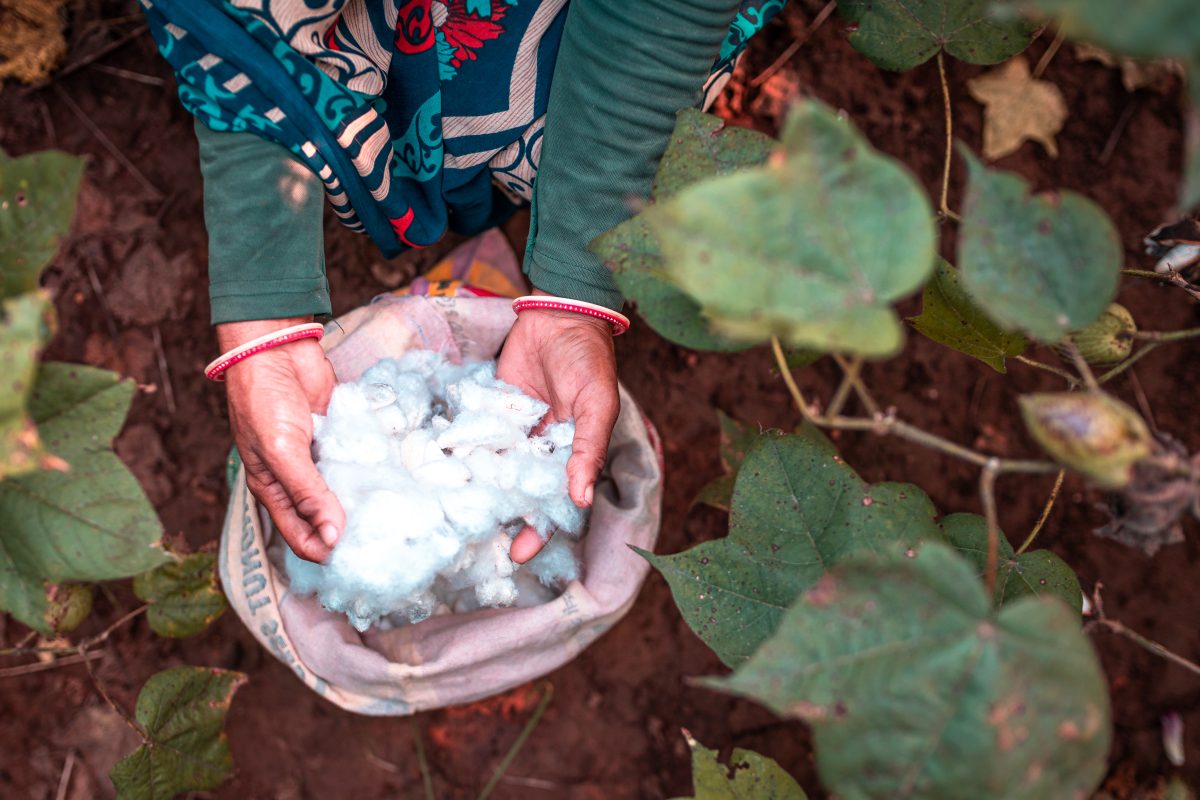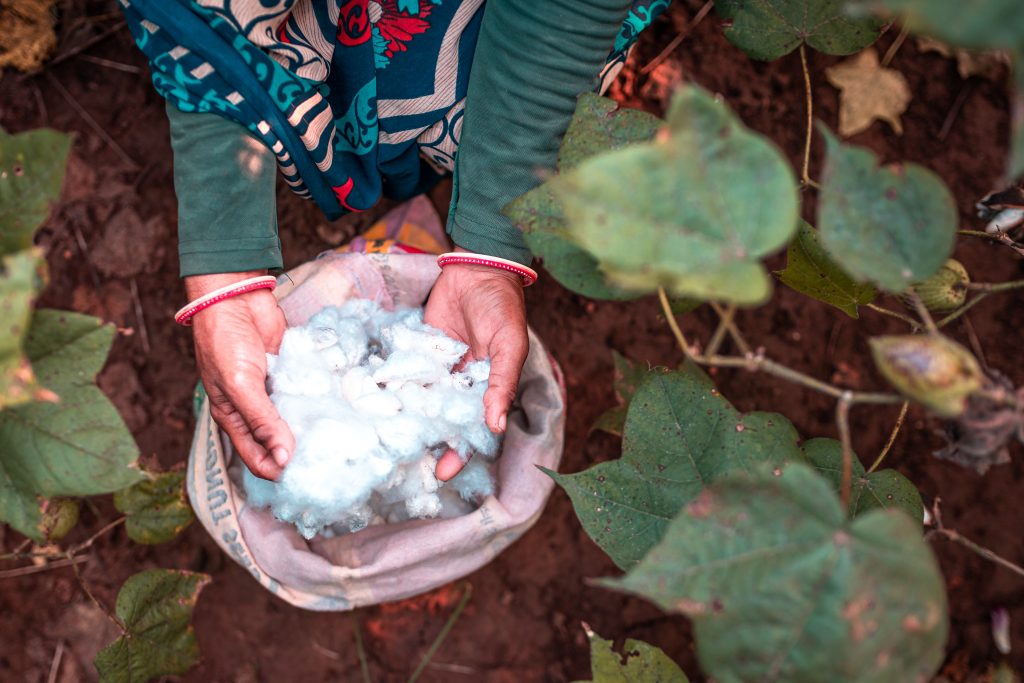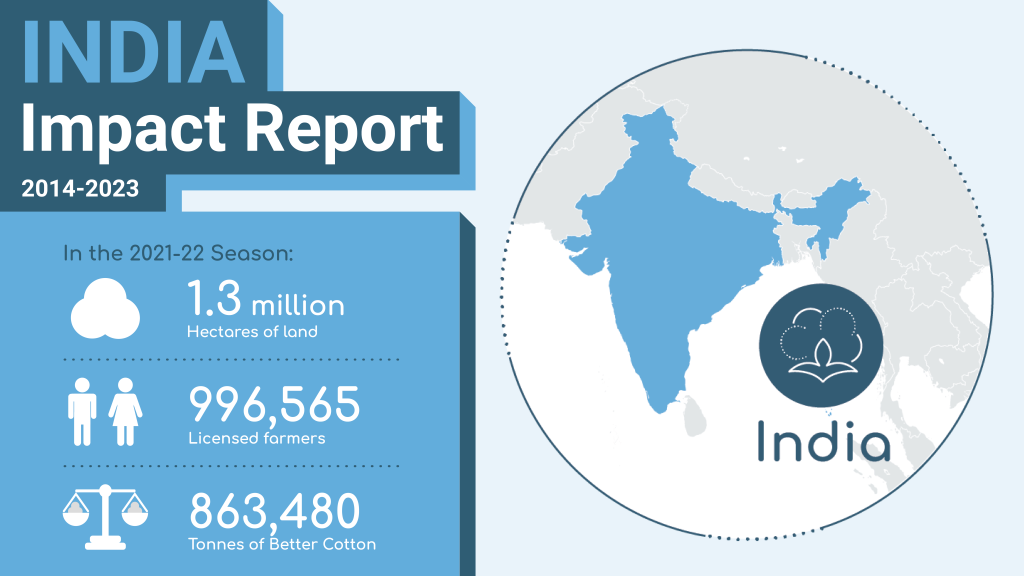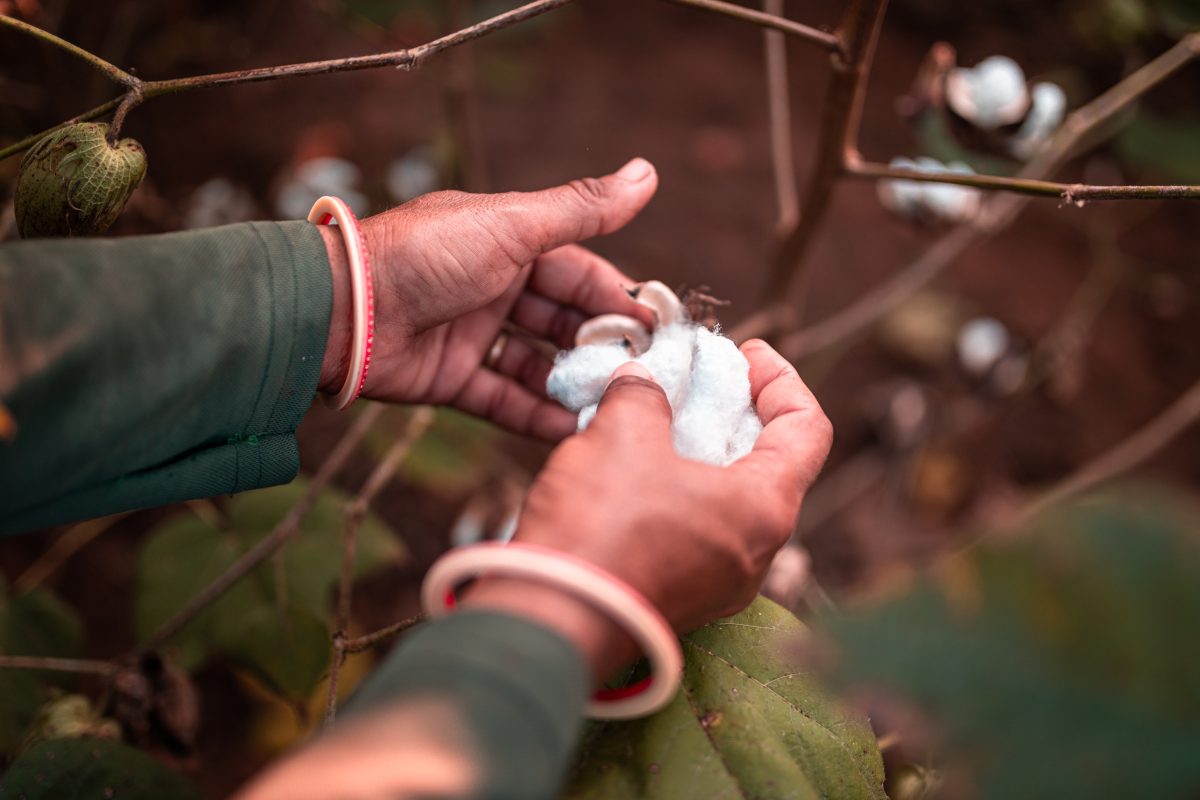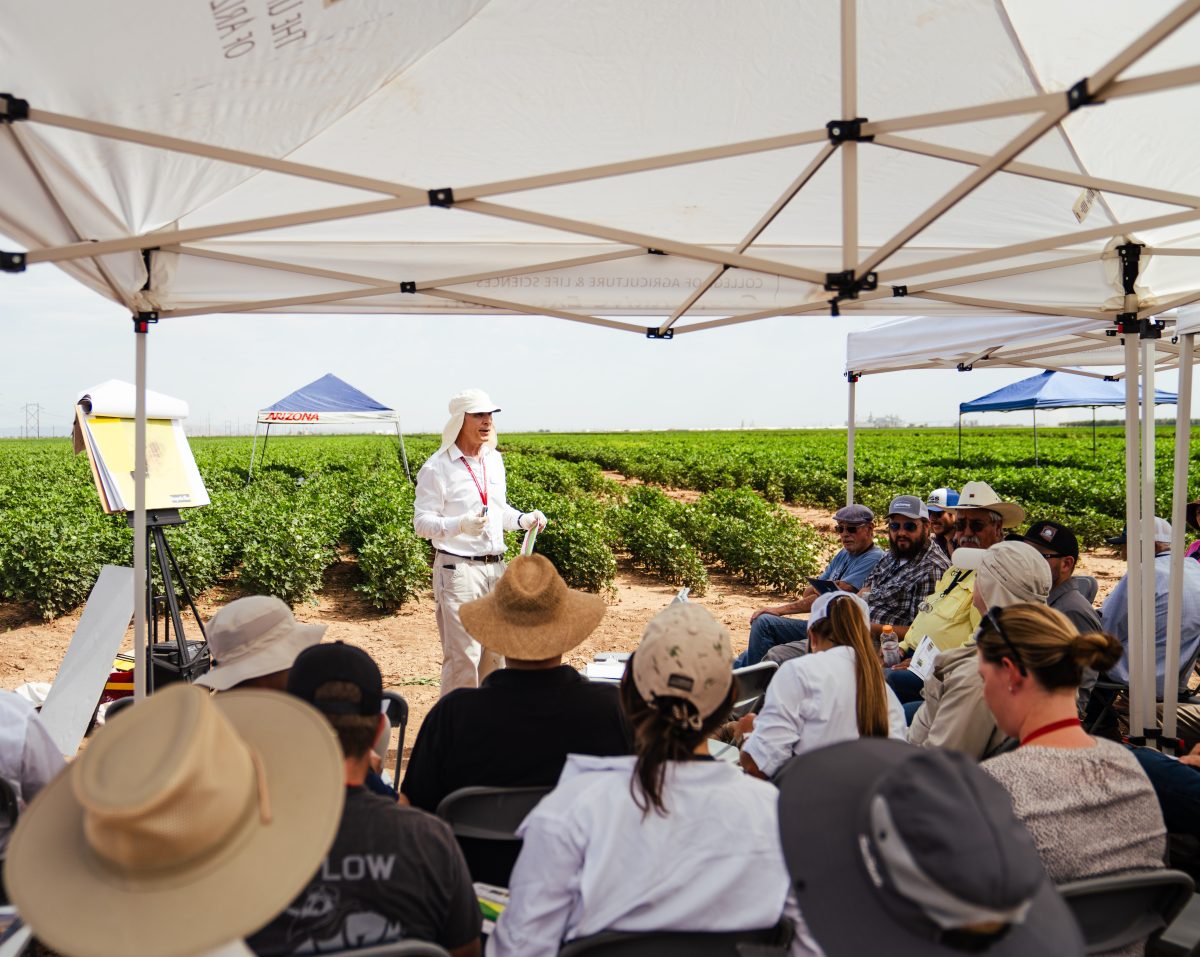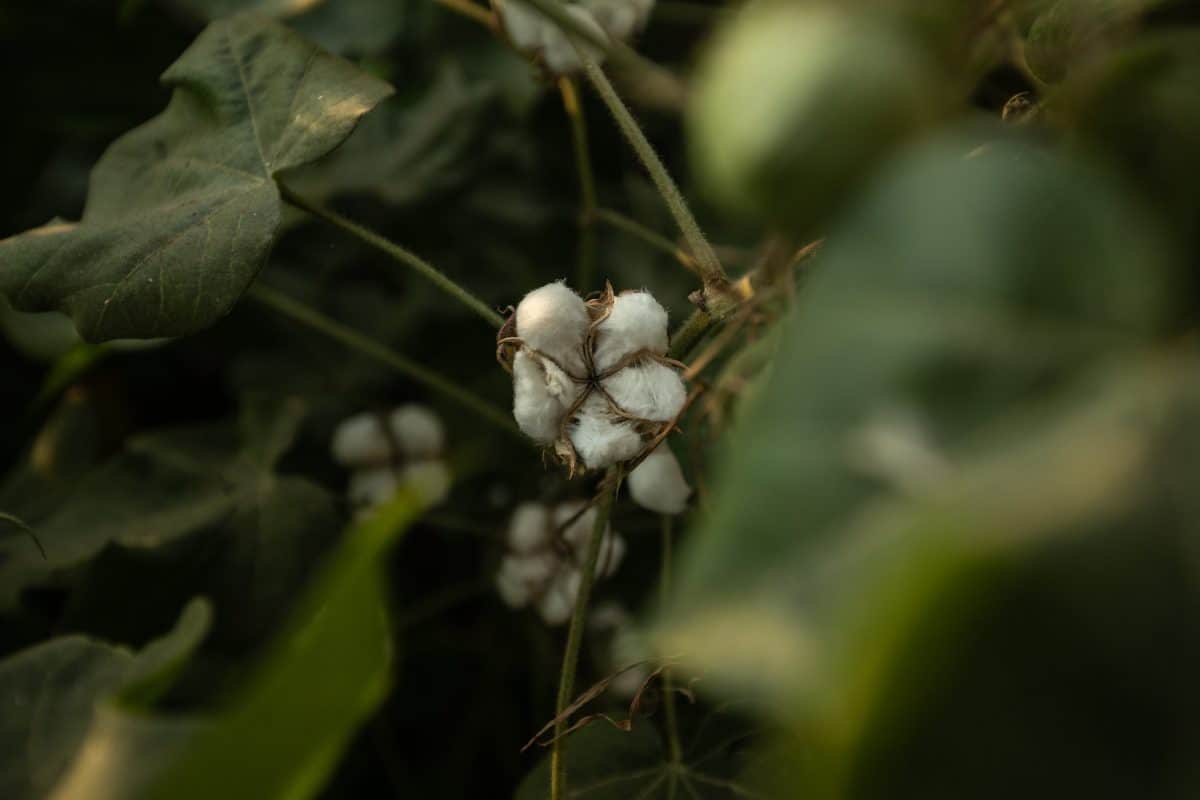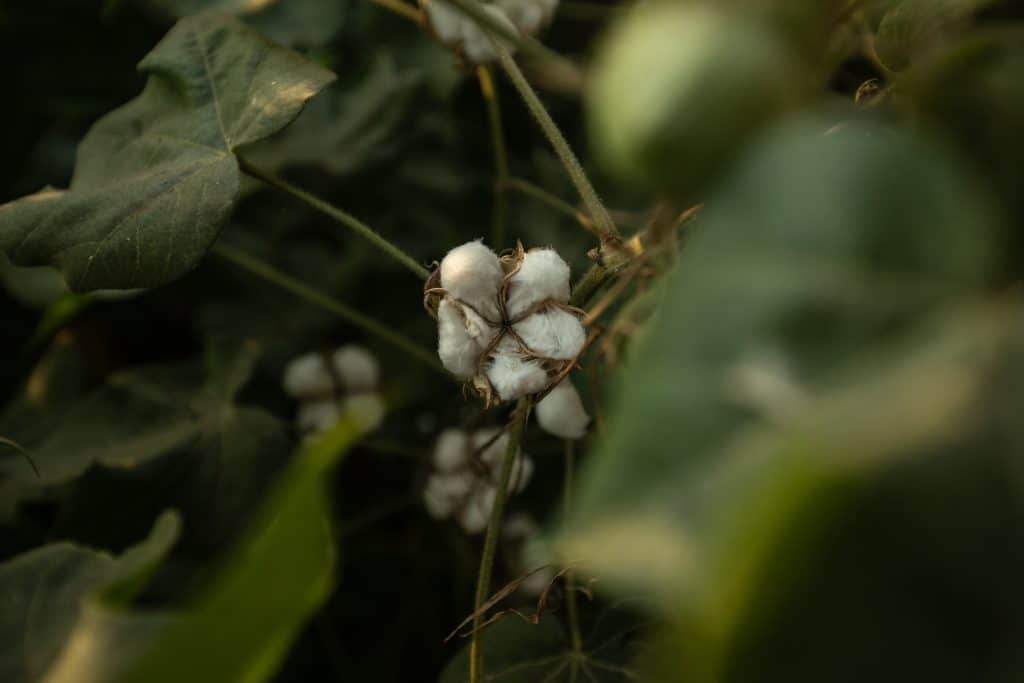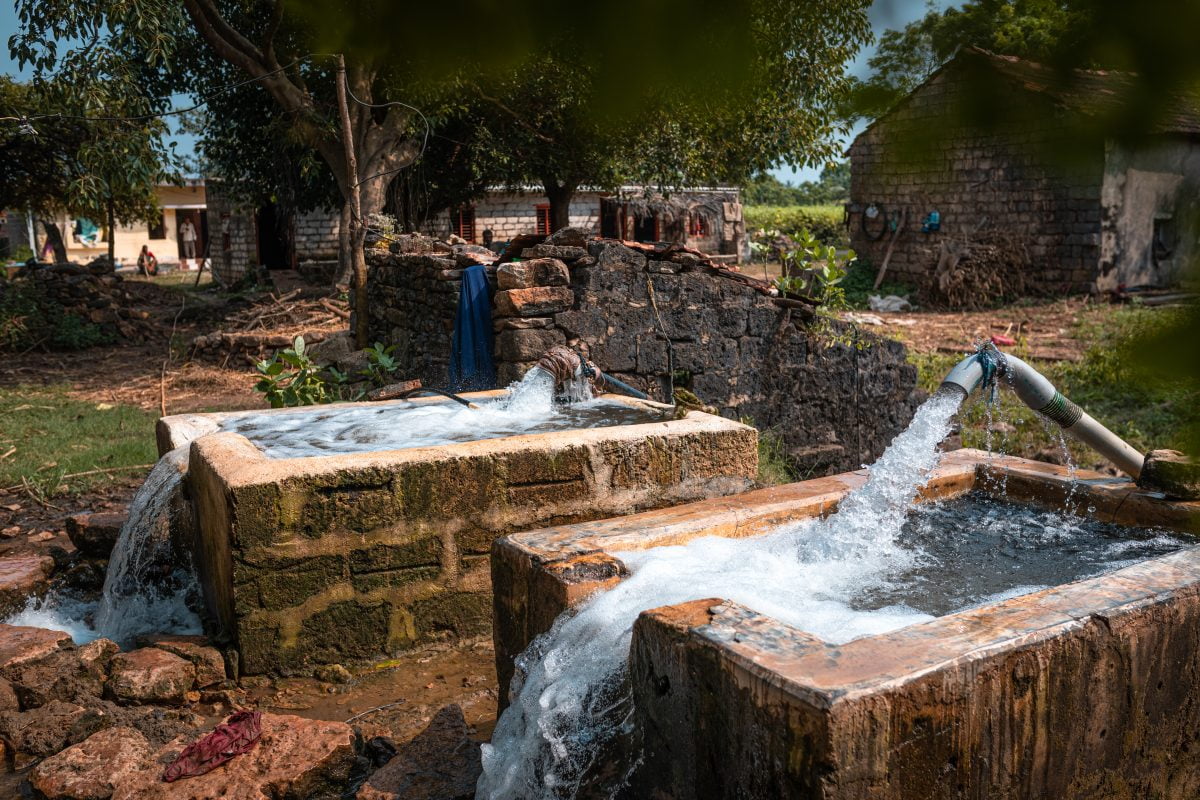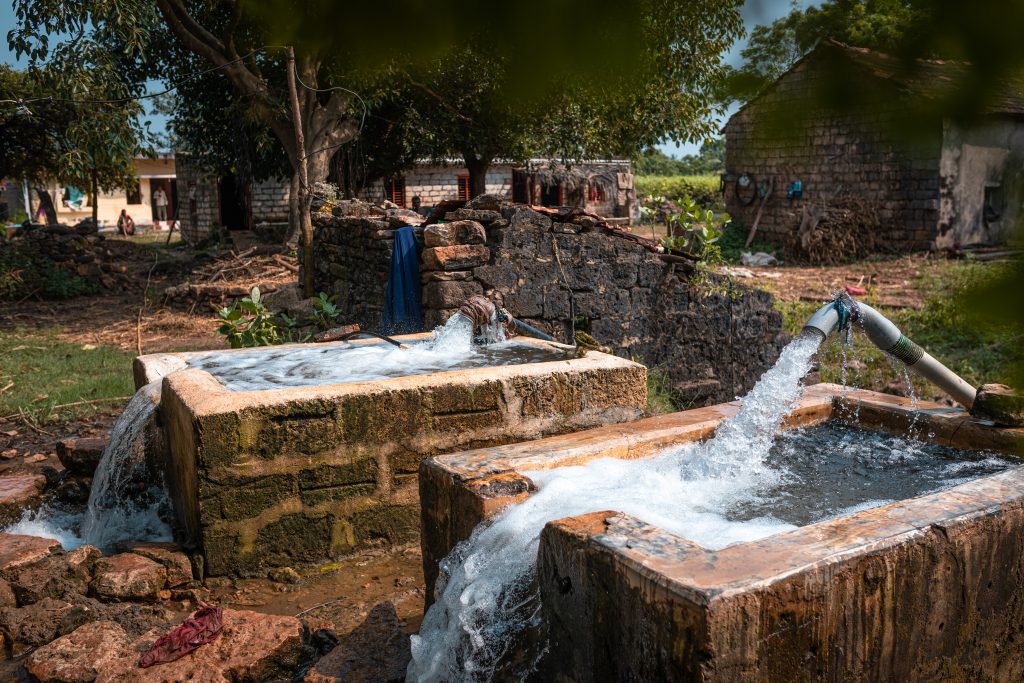Better Cotton and Cotton Egypt Association Celebrate Renewed Strategic Partnership at Multi-stakeholder Event in Cairo
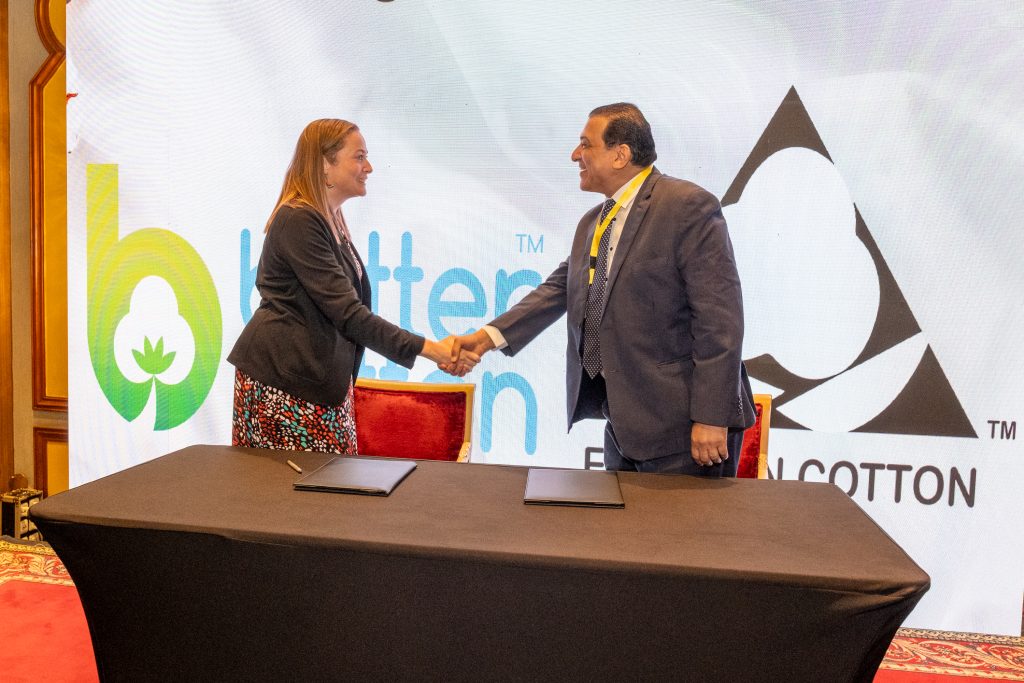

Better Cotton, the world’s largest cotton sustainability initiative, and Cotton Egypt Association (CEA), the organisation responsible for promoting and protecting Egyptian cotton worldwide, celebrated the launch of their renewed strategic partnership at a multi-stakeholder event in Cairo on Wednesday, October 4, 2023.
Uniting key stakeholders from across the cotton sector in Egypt and beyond, the event brought together representatives from Better Cotton, CEA, Better Cotton’s Programme Partners in Egypt (Alkan, Modern Nile and El Ekhlas), and a number of leading Better Cotton Retailer and Brand Members, as well as these members’ suppliers.
Through a renewed strategic partnership, Better Cotton and CEA aim to further enhance the yields and sustainability credentials of Egyptian cotton while ensuring fair working conditions for farmers and workers.
At the event, participants discussed opportunities to collaborate and what is required to increase the uptake of more sustainable Egyptian cotton.
Attendees also visited a Better Cotton licensed farm in Kafr Saad, in the north of Egypt, where farmers demonstrated sustainable agricultural practices. Better Cotton Members and others in attendance were able to engage with the farmers and workers, discussing key challenges and opportunities in adopting these practices.
The event was an important moment to reflect on the progress that Better Cotton and Cotton Egypt Association have made through our partnership so far, and the opportunities for further success going forward. It provided the opportunity for direct dialogue between Better Cotton producers, supply chain actors and key stakeholders from the British retail industry, and it is anticipated that it will result in increased demand for more sustainably produced Egyptian cotton.
I believe that we had a wonderful and fruitful event celebrating years of dedication, collaboration, and hard work that led to where we are today in driving the sustainability of ‘white gold’. The great interest shown today by retailers – and the support we have from all stakeholders in attendance – will pave the way for more success, more production of Egyptian sustainable cotton with Better Cotton’s standards, and more uptake from retailers.

